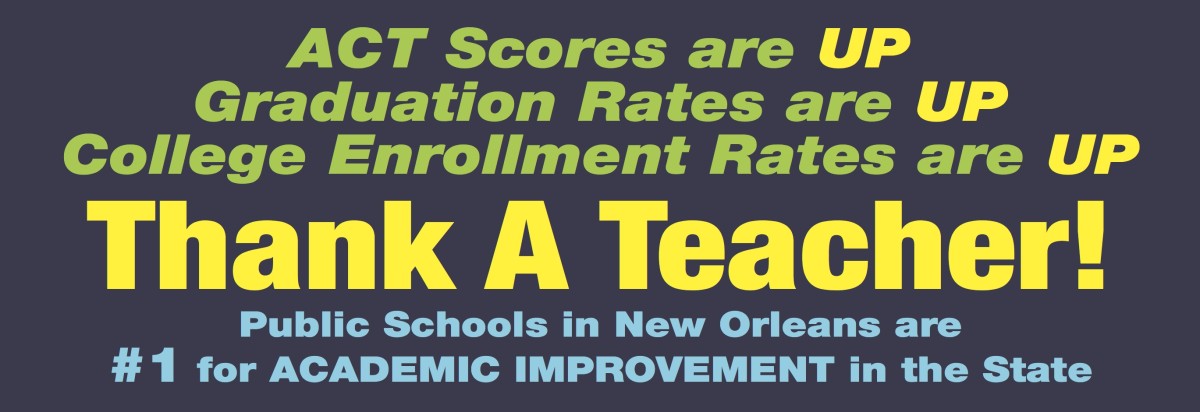OPSB took a huge step forward last week by passing a strong charter school policy (Policy HA).
Policy HA was needed because OPSB did not have clear and consistent rules governing charter school operations. As a result, some OPSB charters participate in the city’s common enrollment system; others do not. Some provide transportation; others do not. And some have negotiated special neighborhood preferences that are different from the citywide zones that almost all other schools in the city use. These different rules fostered distrust between schools and confusion for parents trying to navigate the system of schools. (Note: The RSD requires all of its charter schools to participate in EnrollNOLA (OneApp) and to provide transportation.)
For OPSB to be a good authorizer and regulator of charter schools, it needed policy that created consistent rules for everyone and a framework for new charter schools. Policy HA lays an excellent foundation.
- Must provide transportation.
- Must participate in the citywide enrollment system (OneApp/EnrollNOLA).
- Cannot have a neighborhood attendance zone different than the zones in the citywide enrollment plan.
- Cannot be academically selective.
- Can, as part of its initial charter application, have non-academic admission criteria, tied into its mission and scope. For example, Cypress Academy has a mission-specific focus on early intervention in reading and reserves spaces for students with dyslexia.

